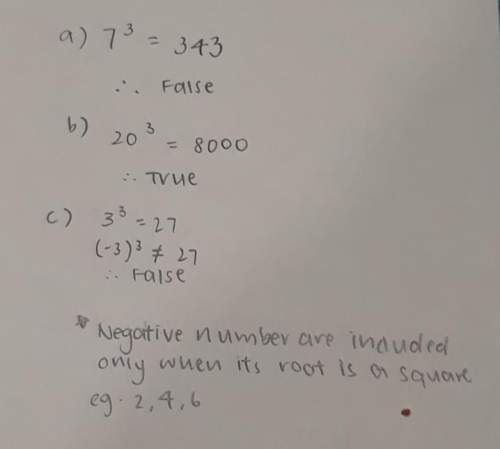
Mathematics, 13.02.2020 23:25 hinacat87
The proportion of men in the population who have prostate cancer is 35 per 100,000. In 1980, a new test was developed to test for the presence of prostate cancer. The researchers who developed the test wanted to know the probability that a man who tested positive for prostate cancer actually had the disease. To find this probability, they took a SRS of 99 men known to have prostate cancer and a SRS of 150 men known not to have prostate cancer (after having a biopsy). Their test is a radioimmunoassay for prostate acid phosphatase (RIA-PAP). They found the following results (real data).3_28Let C = a randomly selected man has prostrate cancerUse 3 decimal places.(a) P(C | Pos) = (b) P(Cc | Pos) = (c) Can you use the table above to find P(C), the probability a randomly chosen male selected from the entire male population has prostate cancer?i. Yes, because it was an experiment. ii. No, because it was an observational study. iii. Yes, because the sample was taken randomly. iv. No, because the percentage of patients in the study with cancer is not representative of the percentage of people in the population with cancer.

Answers: 3


Another question on Mathematics


Mathematics, 21.06.2019 16:30
One of the same side angles of two parallel lines is 20° smaller than the other one. find the measures of these two angles.
Answers: 3


Mathematics, 22.06.2019 00:30
Round each of the decimals to the nearest hundredth a. 0.596 b. 4.245 c. 53.6843 d. 17.999
Answers: 2
You know the right answer?
The proportion of men in the population who have prostate cancer is 35 per 100,000. In 1980, a new t...
Questions


Mathematics, 26.10.2021 22:20

Chemistry, 26.10.2021 22:20



Physics, 26.10.2021 22:30

Mathematics, 26.10.2021 22:30


Mathematics, 26.10.2021 22:30



Mathematics, 26.10.2021 22:30

English, 26.10.2021 22:30

Mathematics, 26.10.2021 22:30


History, 26.10.2021 22:30

Social Studies, 26.10.2021 22:30

Mathematics, 26.10.2021 22:30





